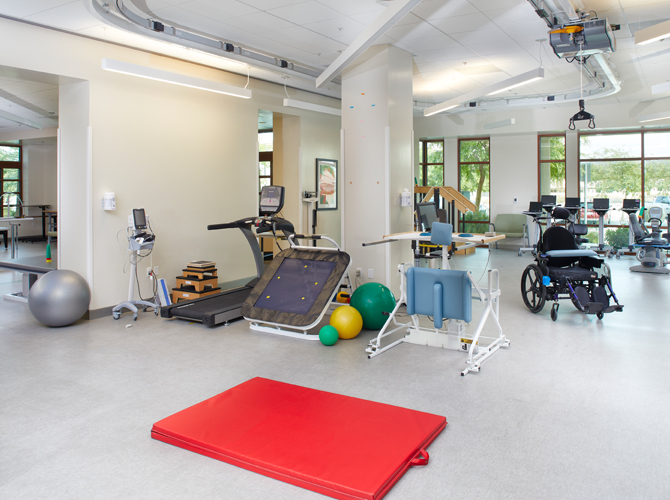Bodily treatment serves as a crucial aspect of healing and recovery for many patients. This helps individuals restore power, improve mobility, and alleviate discomfort following injuries or procedures. Numerous techniques to physical rehabilitation, all tailored to satisfy the distinct needs of individuals. Understanding these diverse techniques can aid patients form informed decisions about their recovery process.
One common technique to physical rehabilitation is physical rehabilitation. This approach involves hands-on treatment by a bodily specialist to handle muscles and articulations. Manual treatment can aid alleviate pain, improve blood flow, and increase range of motion. Specialists may utilize methods such as massage, connection mobilization, and stretching to aid individuals recover. This method is often beneficial for those with skeletal conditions, such as lower back discomfort or joint inflammation, as it focuses on the muscular components of healing.
A different important technique is therapeutic physical activity. This method involves specific movements designed to enhance vigor, equilibrium, and coordination. Bodily therapists design personalized movement plans based on the individual's status and aims. These exercises can differ from simple exercises to further challenging exercises. Restorative exercise is vital for rebuilding strength after an incident and avoiding subsequent issues. This furthermore aids clients regain self-assurance in their bodily abilities, which is essential for complete rehabilitation.

Pool rehabilitation is an additional beneficial approach that employs water to check that aid in recovery. Such method takes advantage of the buoyancy of aqua, which reduces the stress on connections and allows for simpler movement. Individuals can carry out exercises in a pool, making it a wonderful choice for those with restricted flexibility or pain. Aquatic treatment can help improve vigor, range of motion, and endurance while providing a supportive space for healing. This is especially beneficial for individuals rehabilitating from procedures or those with long-term discomfort conditions.
Lastly, learning and autonomy are essential elements of physical therapy. Bodily specialists not just provide care but also educate patients about their issues and how to cope with them. Such entails understanding anatomical movement, alignment, and the significance of staying involved. With enabling patients with knowledge, practitioners aid them adopt an engaged position in their recovery. Such method promotes individuals to carry on their recovery beyond therapy meetings, resulting to better enduring effects.
In summary, physiological treatment delivers multiple approaches to boost rehabilitation and rehabilitation. Physical rehabilitation, therapeutic movement, water-based rehabilitation, and education all have important roles in aiding clients regain their vigor and movement. Each technique is designed to satisfy the individual requirements of patients, providing a holistic approach to rehabilitation. Through understanding these diverse techniques, clients can more effectively manage their healing journey and endeavor towards reaching their healing objectives.